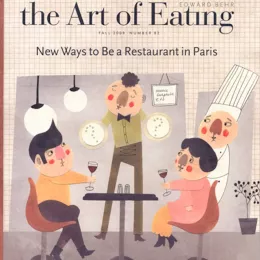In the process of preparing a multi-step dish, there are typically a few points of “no return.” Incorrectly butchering a protein, over-cooking the pasta or curdling the egg in your sauce are all-too-common ways to waste time and valuable products. Yet for all these stiff road blocks in the culinary kitchen, there are many more forgiving mistakes—opportunities to add in ingredients or seasoning you had forgotten, methods to smooth out overly reduced sauces or creative solutions for those improperly butchered proteins.
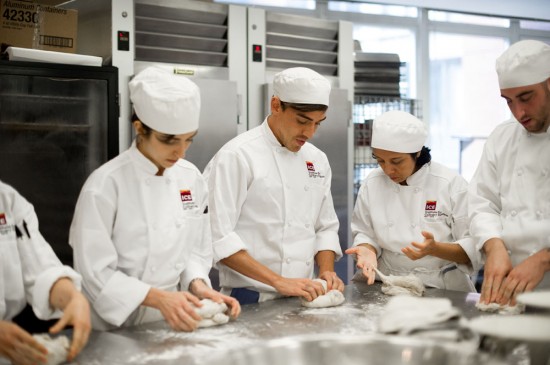
While the raw ingredients are often (though not always) less costly in a pastry kitchen, there is far less room for slip-ups. Errors in measurement, adding ingredients in the improper order or even something as simple as forgetting the salt can result in an unusable product. Which is why I was thrilled to learn that I would be studying this tricky art with none other than Chef Sim Cass, a master of detail and all things baked.
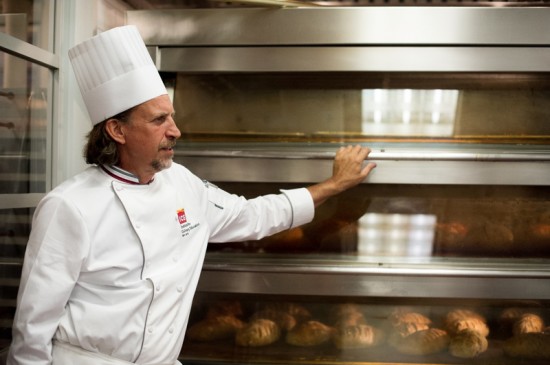
While we culinary students spend only a portion of our program on baking, our previous training in mise en place and cooking in large quantities provides us the skills necessary to dive straight into the pastry process. In our first few classes, we prepared a wide range of candied and preserved fruits, marzipans and pastry creams. In addition to technique, these were lessons in delayed gratification, as creating the individual components of recipes in large, advance batches is an essential part of the pastry process.
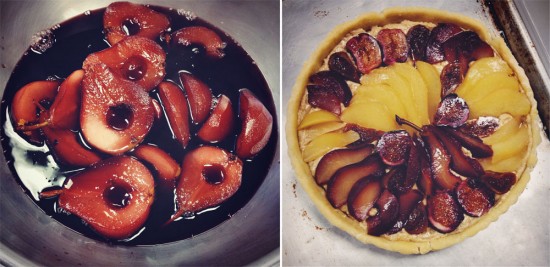
From there we delved into doughs, learning the difference between a pâte brisée (literally “broken dough”) and pâte sucrée (“sweetened dough”), as well as various dough-mixing methods. All of this preparation culminated in the creation of our very own fruit tarts—all the sweeter for the prior days of work we had invested in the production of their individual components.
But of all the techniques we’ve learned so far, the one that fascinates me most is lamination. This process of folding and rolling butter and dough into many, many miniscule layers is, in my opinion, one of the coolest things to ever come out of a pastry kitchen. From croissants to mille feuille, “elephant ears” to flaky quiche crust, the results are nothing if not magical.
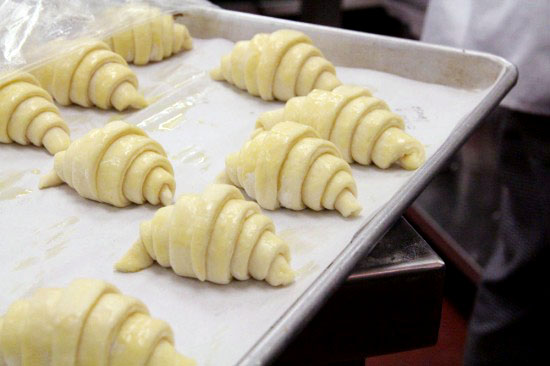
Just like the first time I butchered a chicken, learning to craft laminated dough is a moment I’ll never forget. It’s the kind of technical skill that takes time and repetition to master, a combination of visual and muscle memory that separates professional chefs from home cooks. Though a single mistake could result in a subpar product, the difficulty involved makes the end results all the more prized—and delicious.
To learn more about life as an ICE culinary student, click here.




